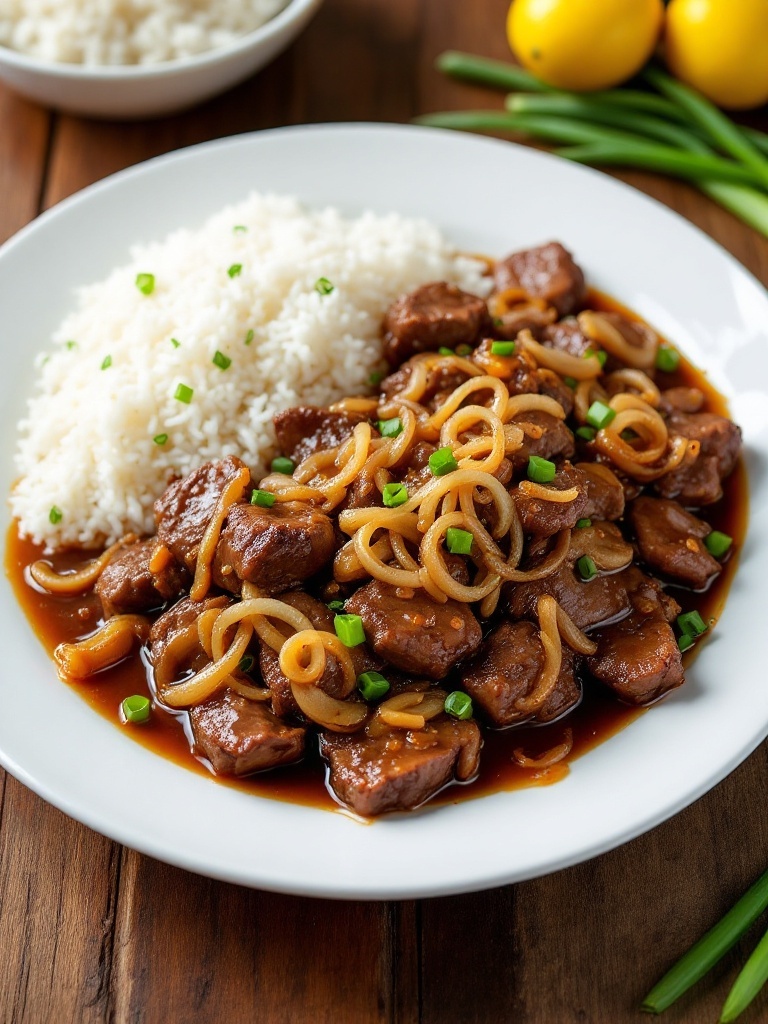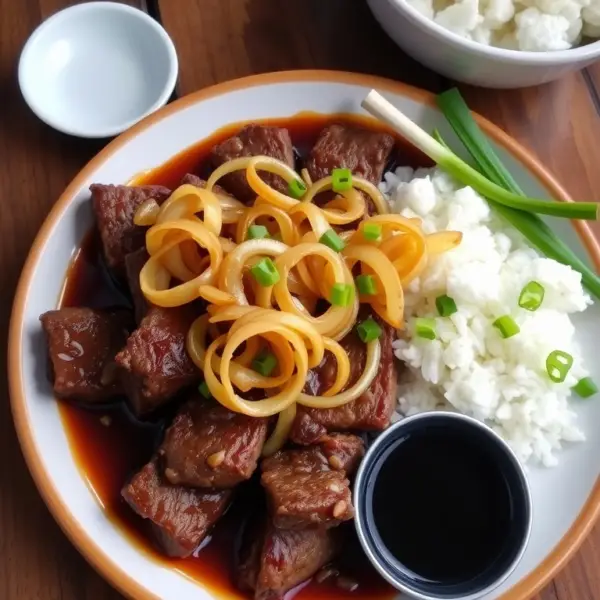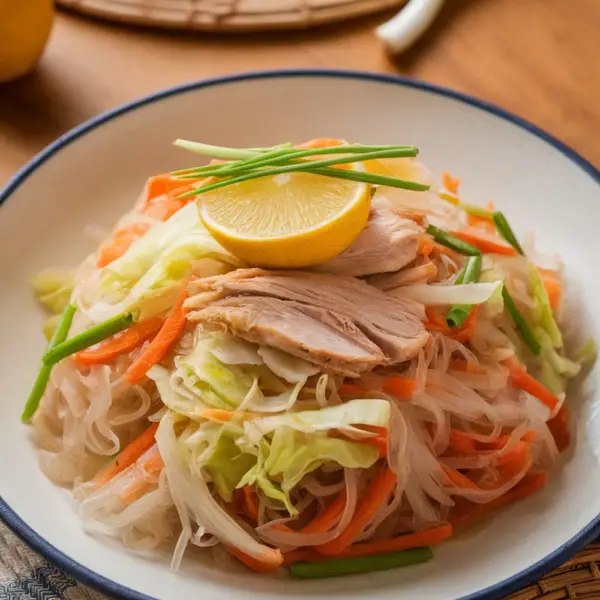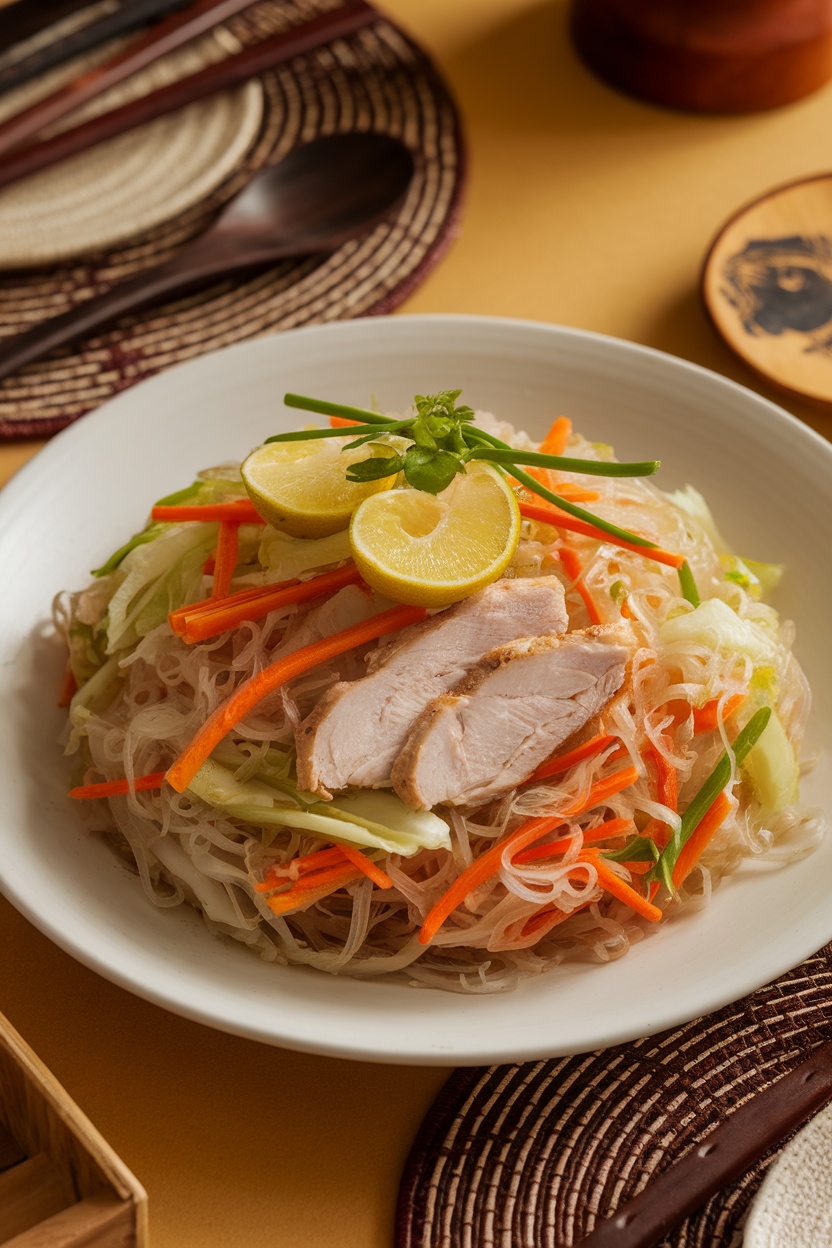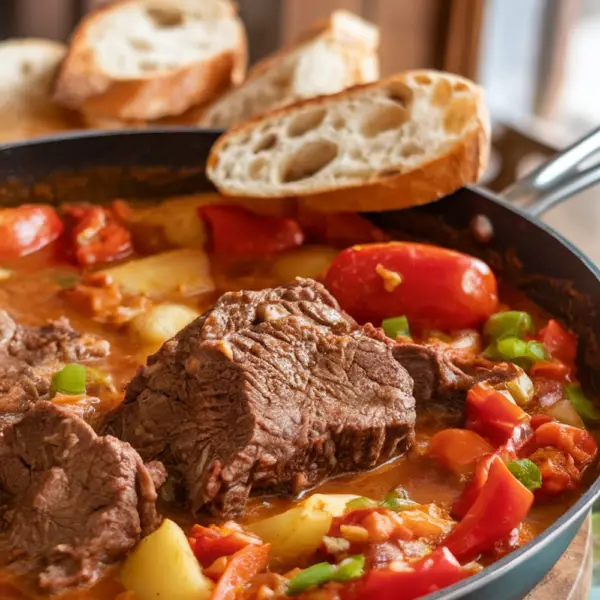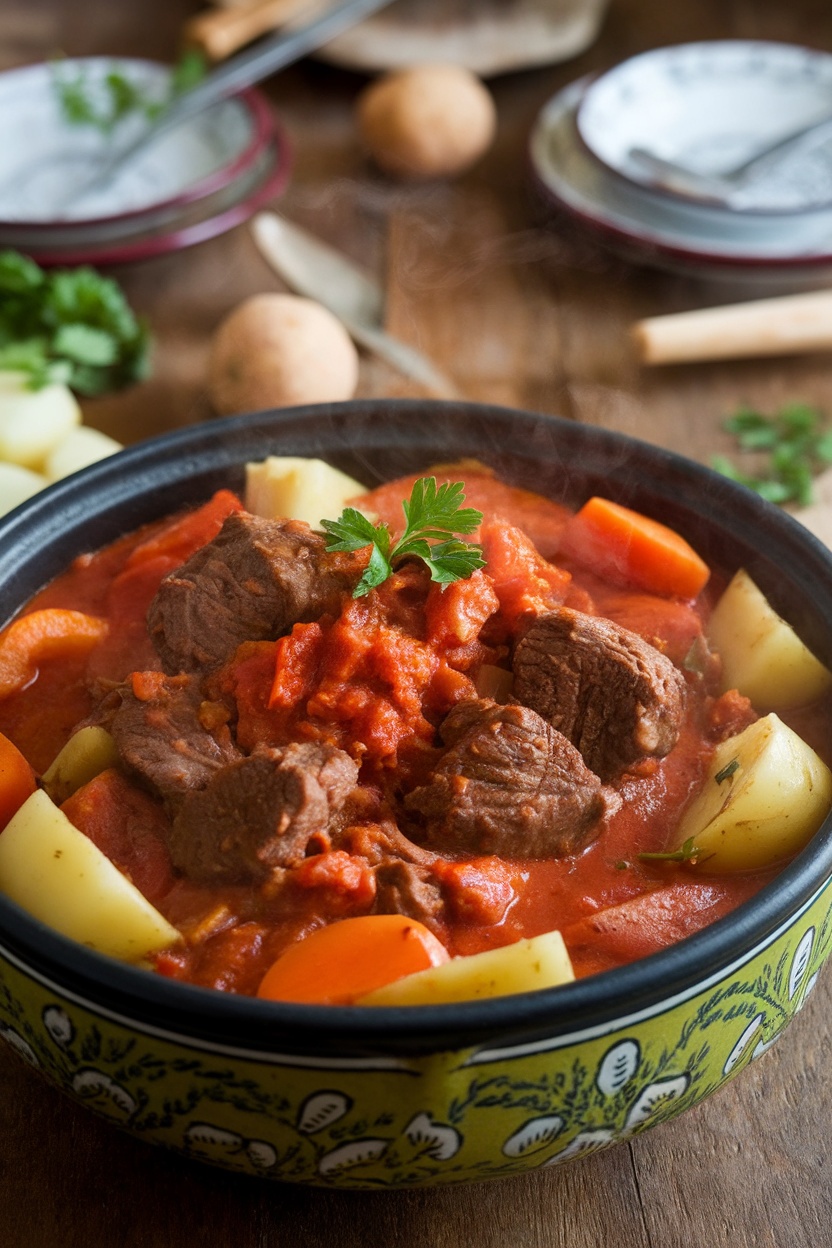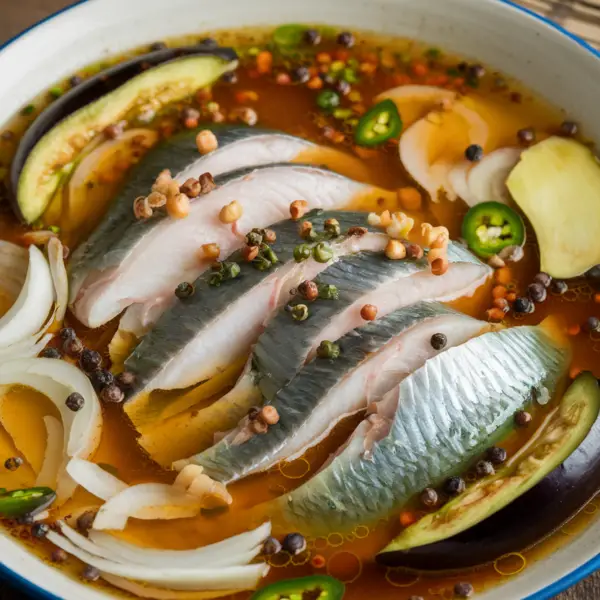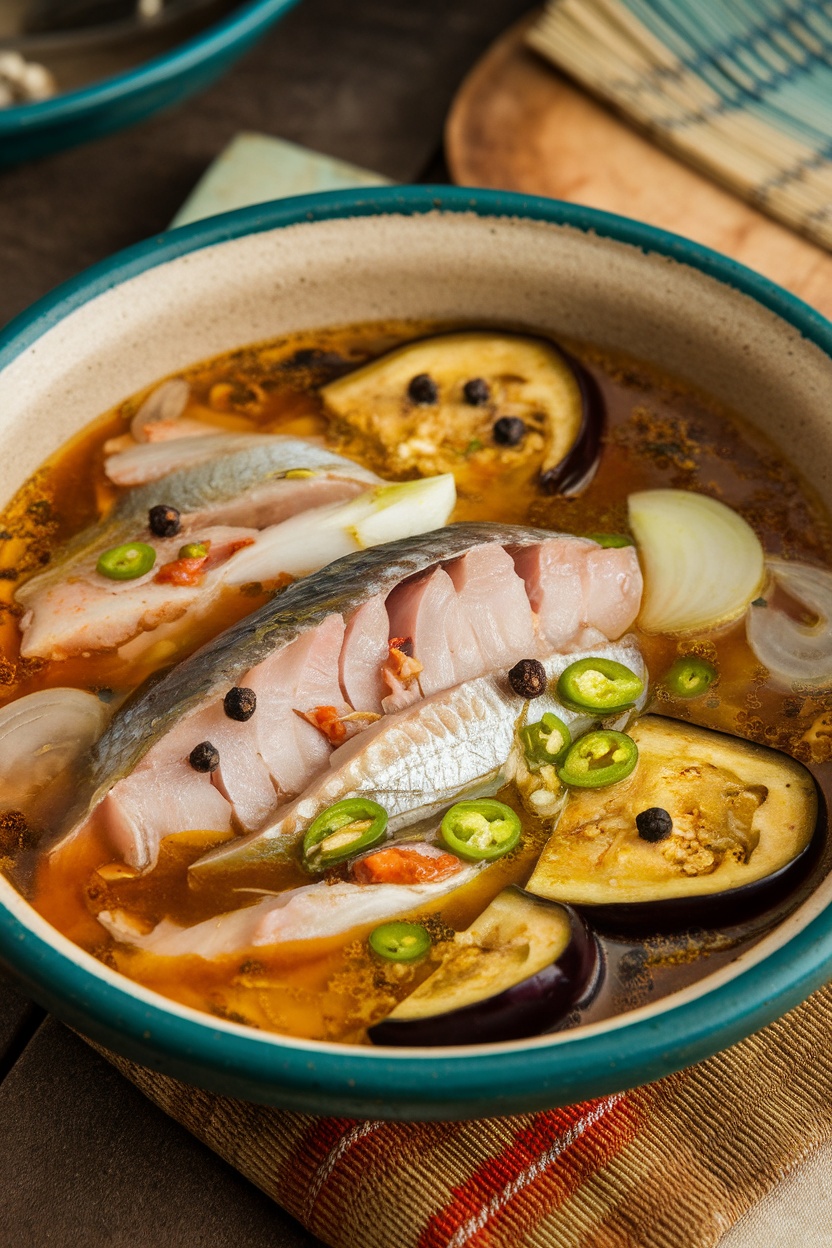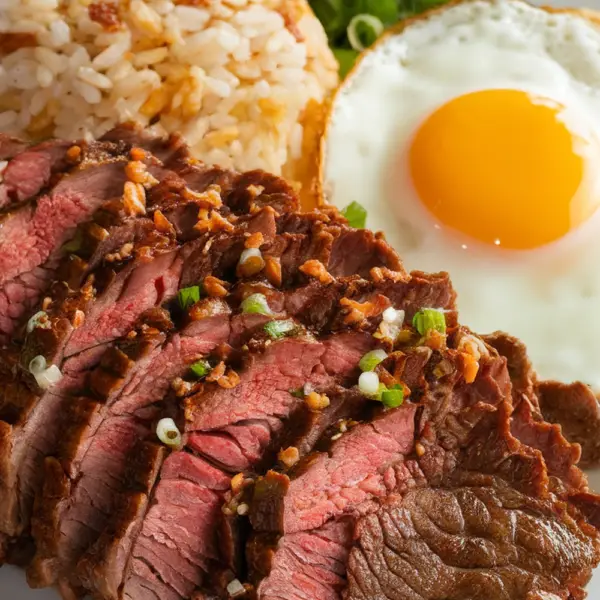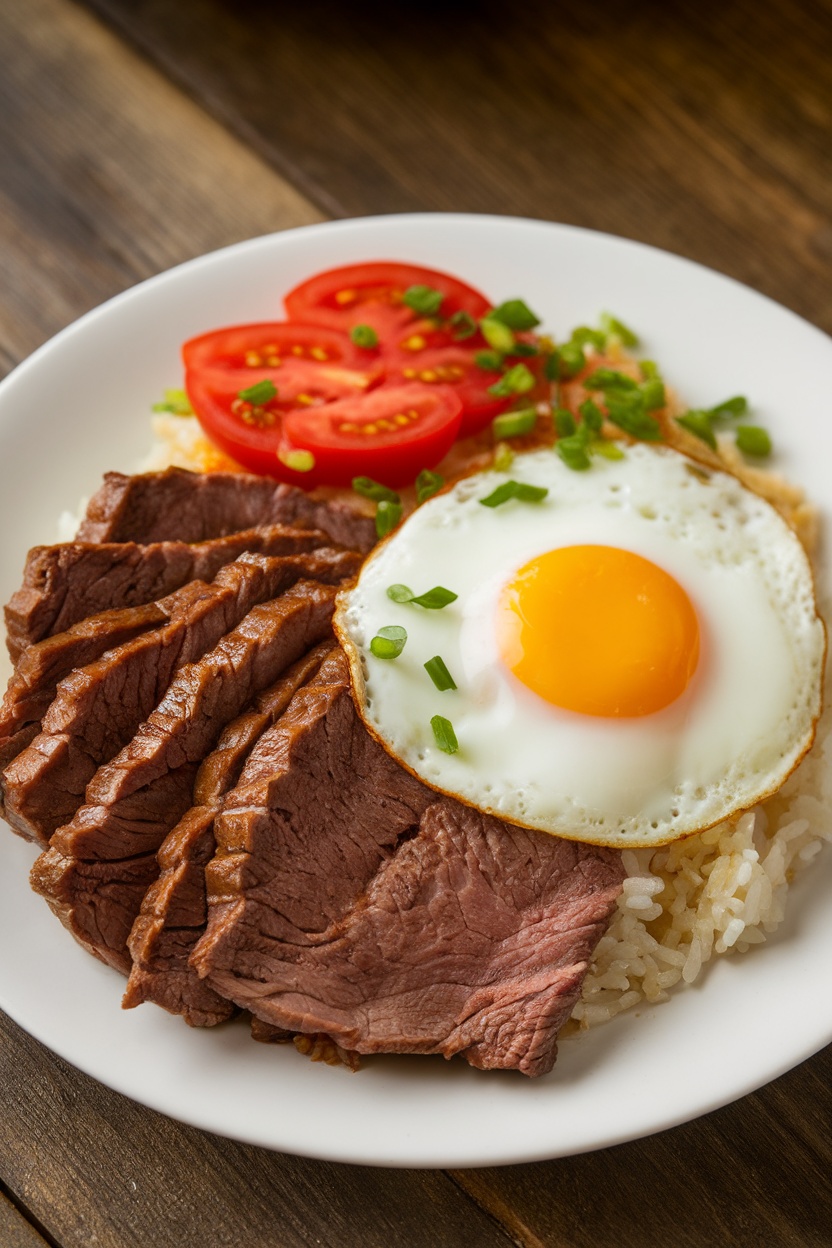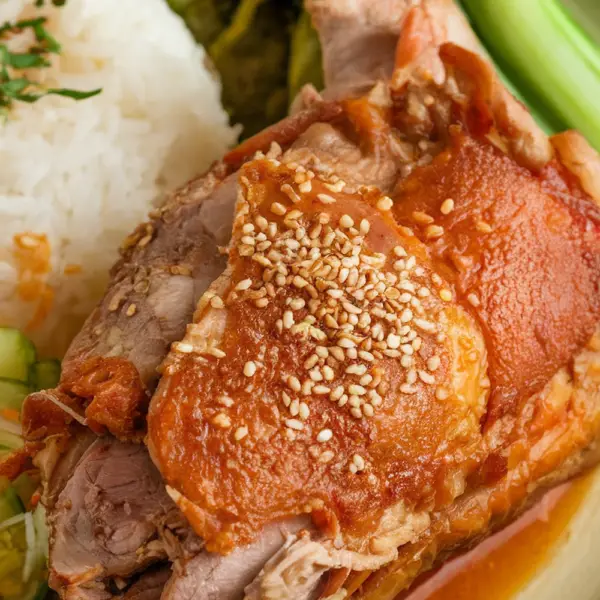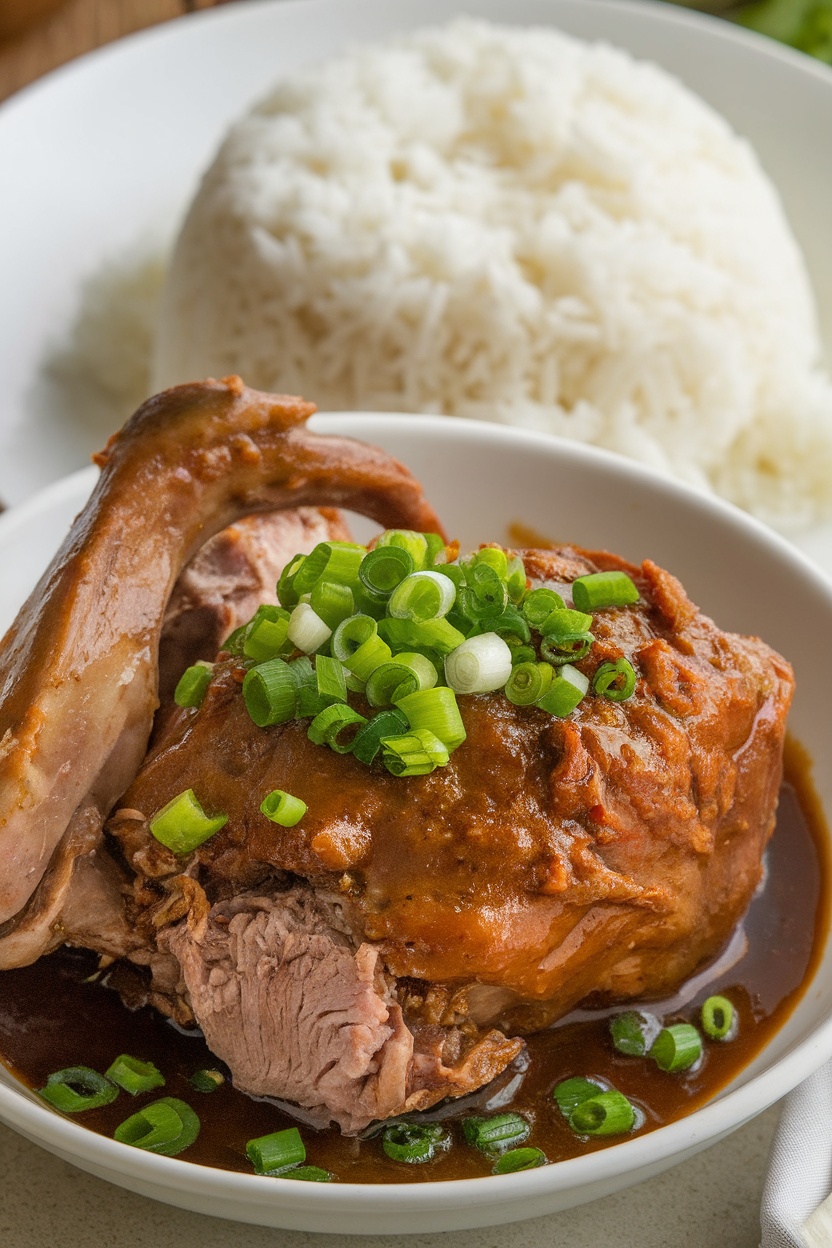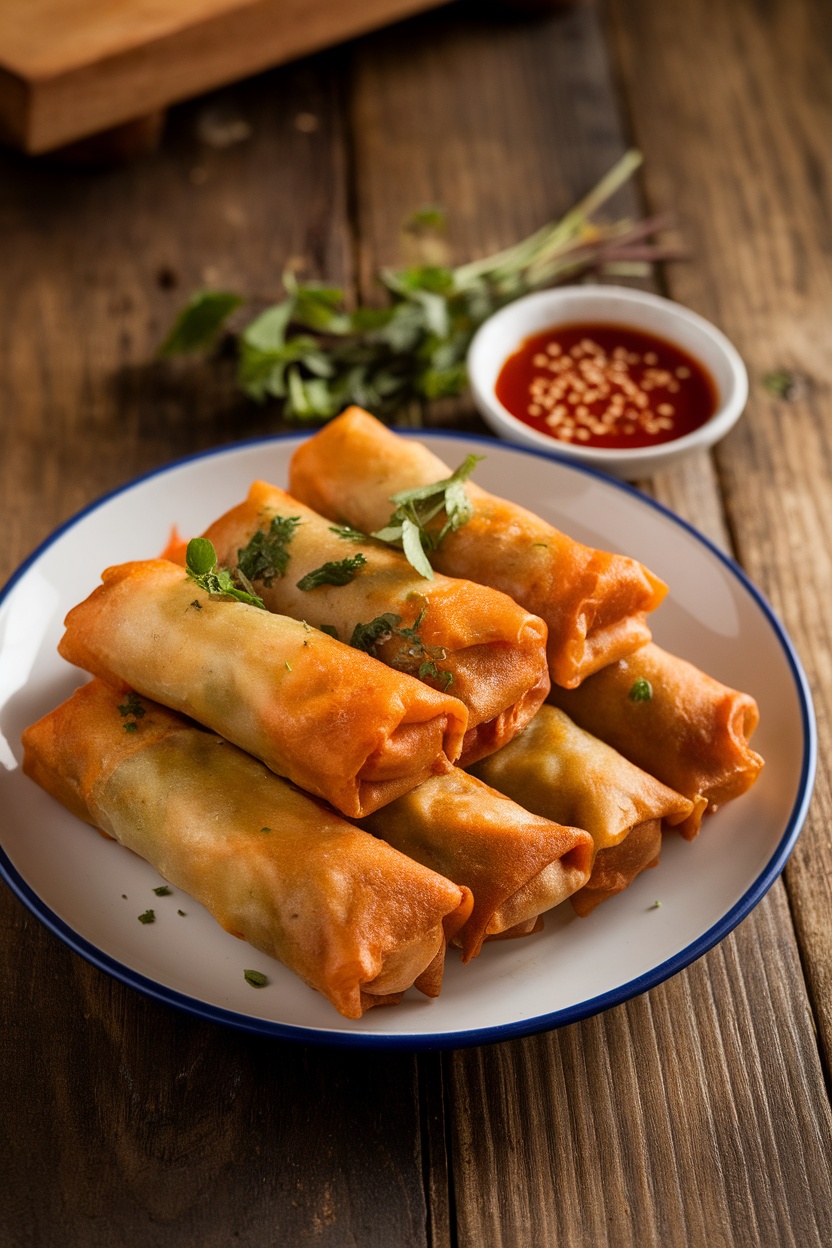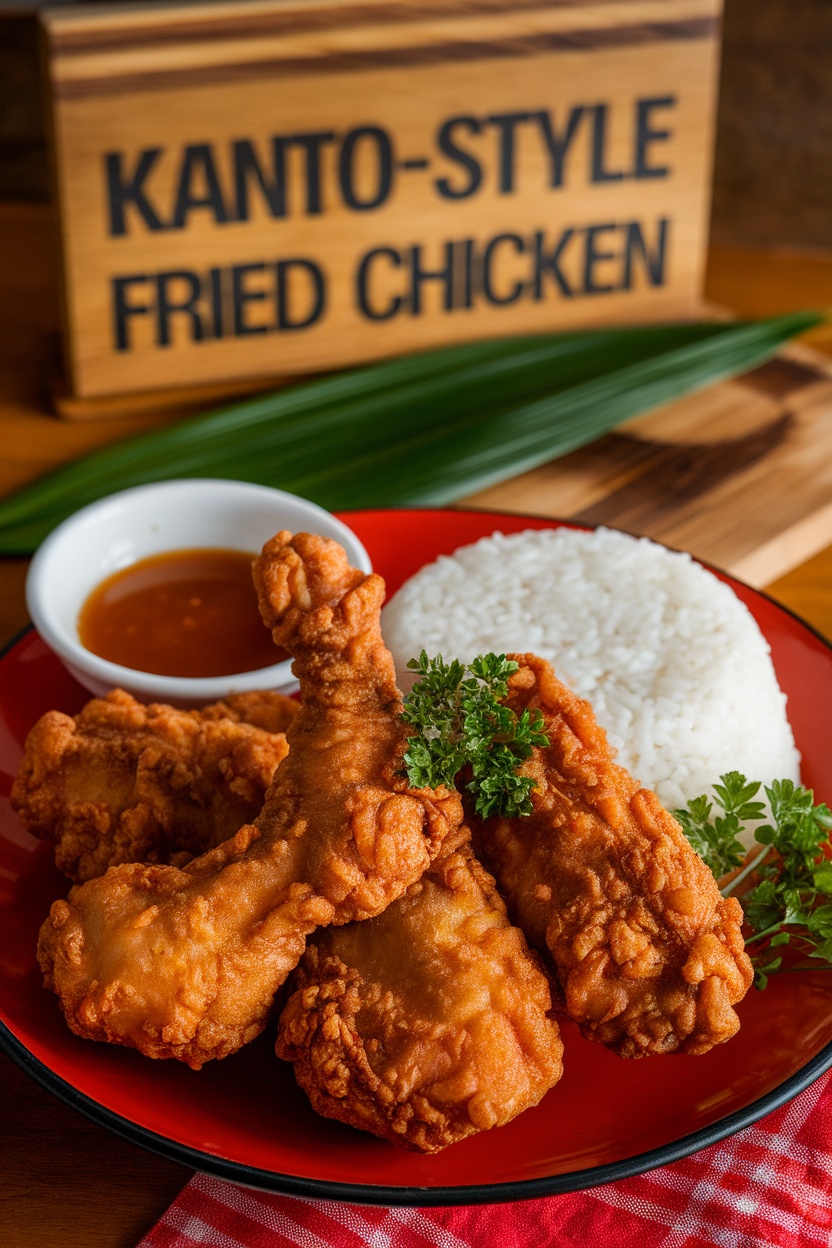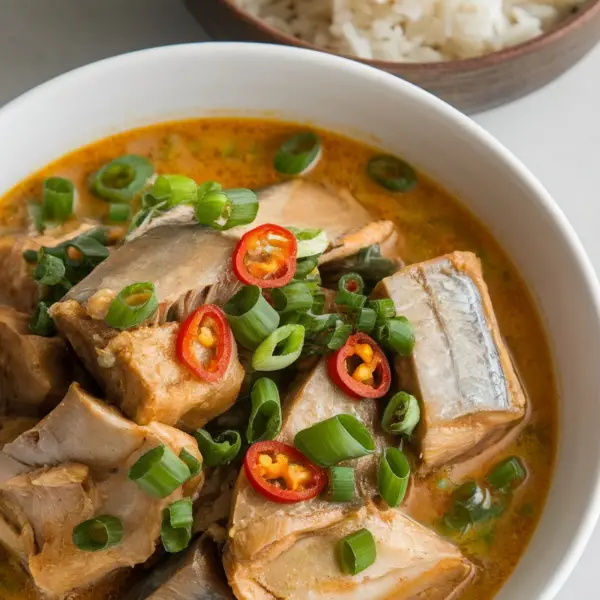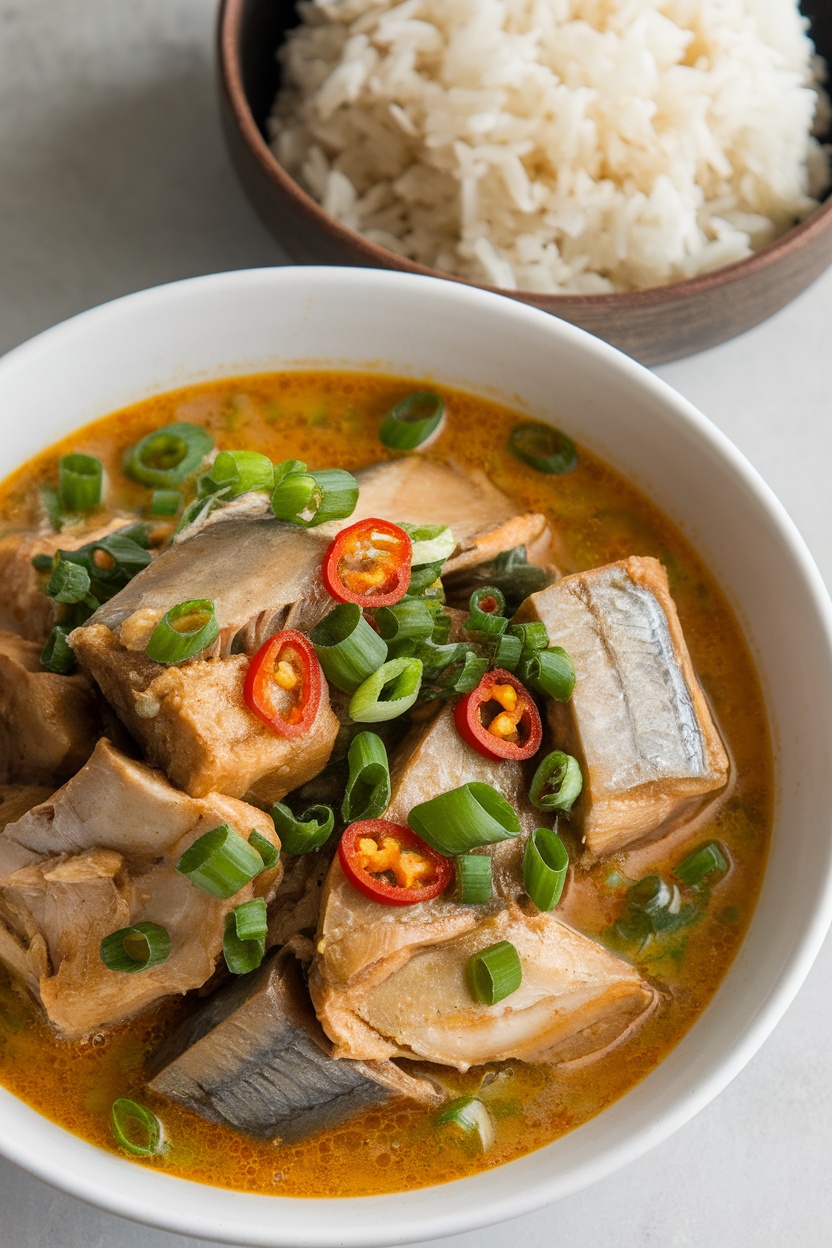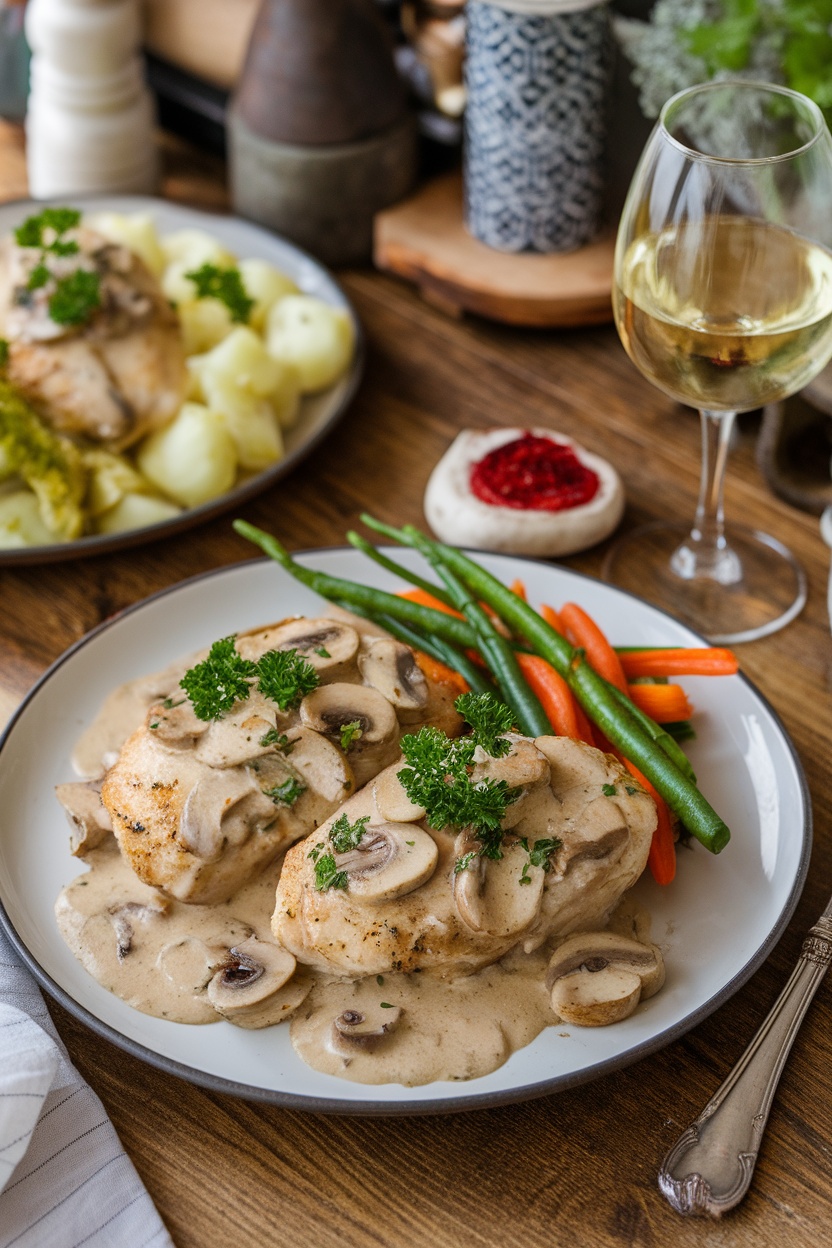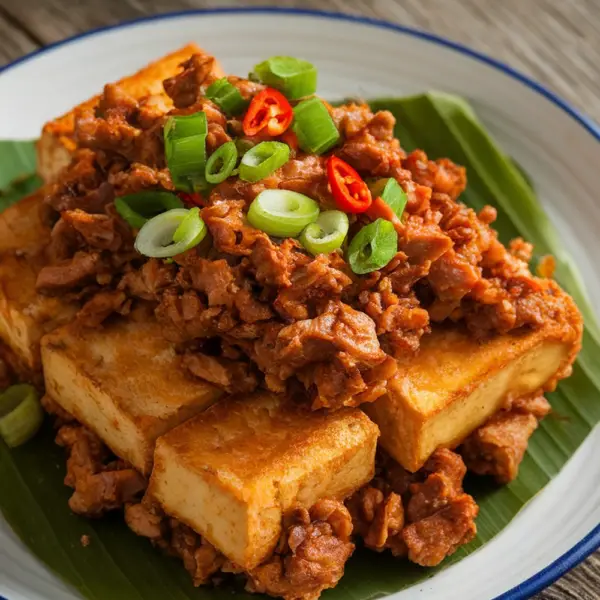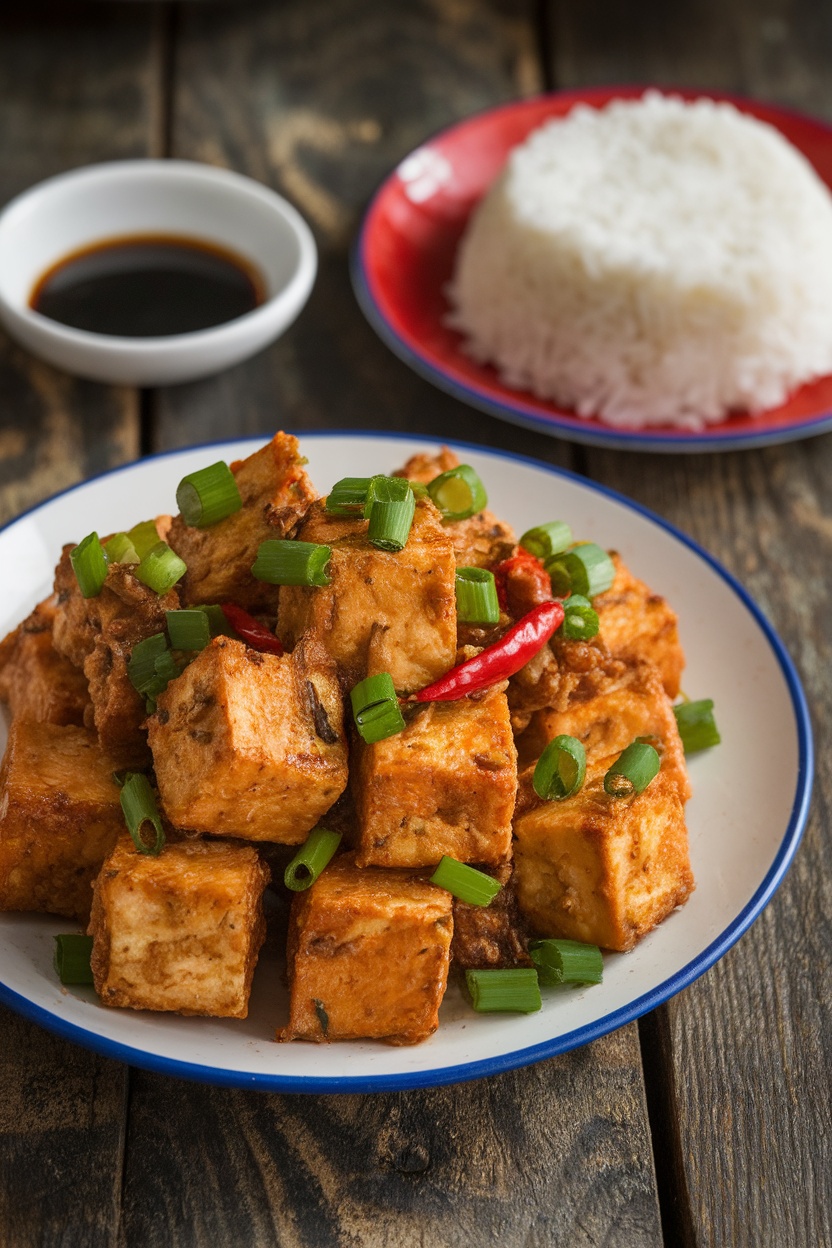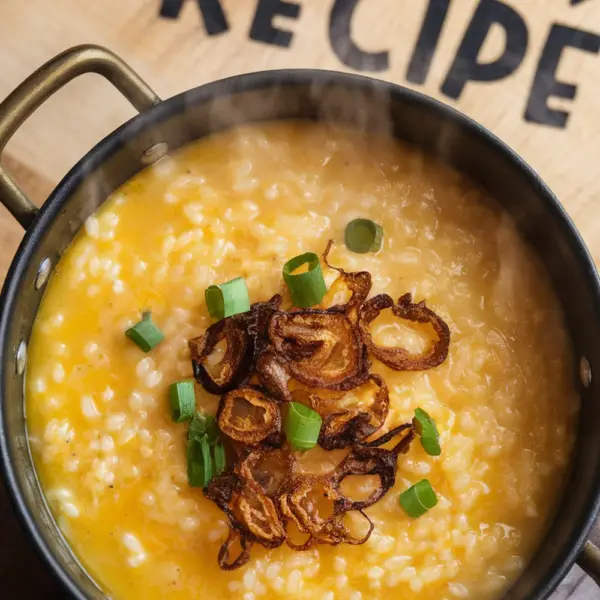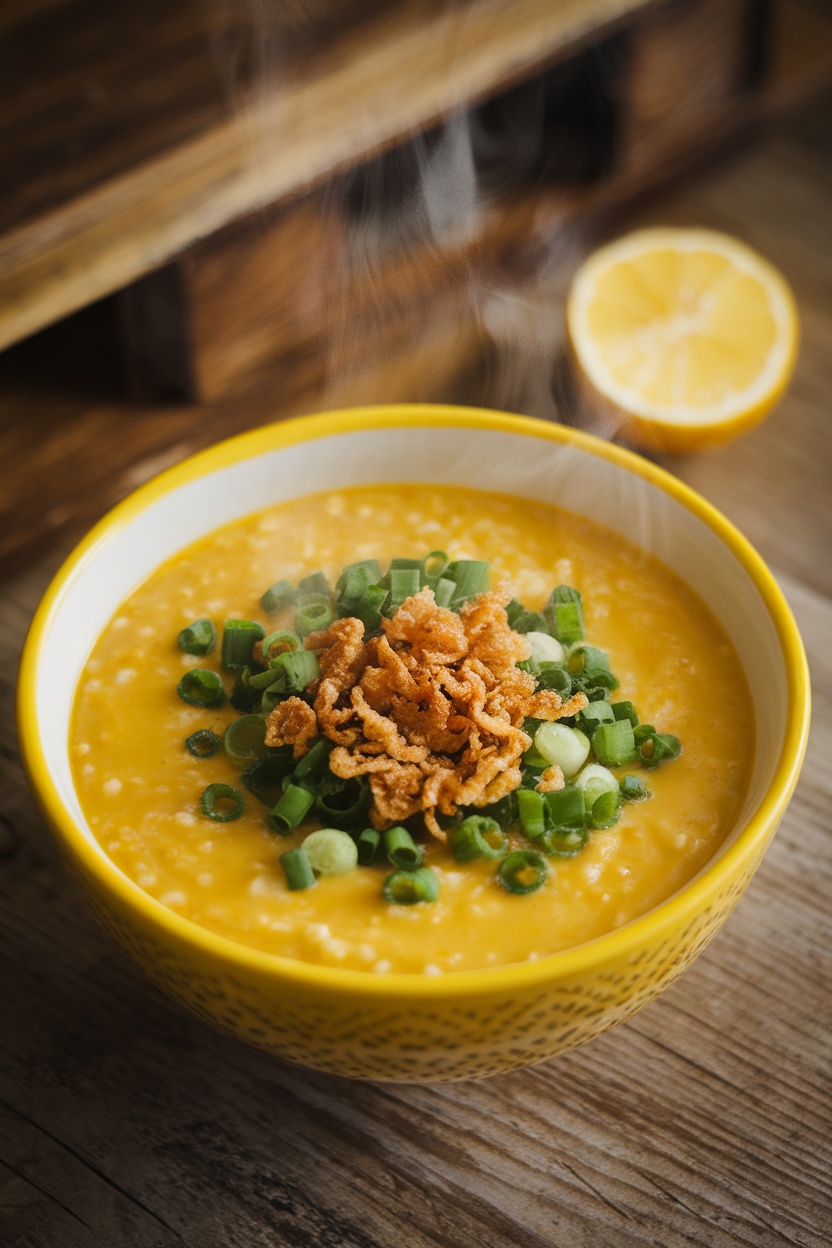Introduction to Korean Garlic Cheese Bread
Korean Garlic Cheese Bread, often referred to as “Korean cheese bread,” has gained substantial popularity in the Philippines, becoming a delightful treat cherished by many. Its origins trace back to South Korea, where it enjoyed a favorable reception as a street food item. The dish typically comprises a soft, fluffy bread filled with a rich, flavorful garlic butter and gooey cheese, encapsulating a perfect balance of savory and sweet flavors that appeal to a wide audience. As Korean culture has flourished globally, so too has this unique culinary creation, evolving with local adaptations that cater to the Filipino palate.
The growing fascination with Korean cuisine in the Philippines can be attributed to the wider K-drama and K-pop trends that have captivated audiences. These influences have led to an increased curiosity about Korean dishes, with the Korean Garlic Cheese Bread standing out due to its unique combination of textures and tastes. The bread’s flaky crust alongside a buttery, fragrant garlic infusion provides an enticing experience that is hard to resist. Additionally, the melted cheese adds a creamy layer that complements the bread’s spongy interior, making each bite a harmonious blend of flavor.
Culturally, Korean Garlic Cheese Bread serves as a bridge between Korean and Filipino food traditions. In the Philippines, bread products hold a special place in everyday meals and celebrations, and the introduction of this Korean twist emphasizes the evolving nature of culinary practices within various cultures. The dish’s accessibility and flavorful profile undoubtedly contribute to its sustained appeal, illustrating how food can foster cross-cultural connections while also showcasing each culture’s unique identity. As both nations continue to engage in culinary exchange, Korean Garlic Cheese Bread will likely remain a beloved staple for years to come.
Ingredients You Will Need
To prepare Korean Garlic Cheese Bread in Filipino style, a variety of fresh ingredients are essential to achieve the desired flavor and texture. Here is a detailed list of the key components needed for this delectable recipe.
1. Bread Rolls: The base of this dish is soft, fluffy bread rolls. Ideally, using Filipino pandesal is recommended due to its light and airy texture. Alternatively, you can use any soft, sweet bread rolls available at your local bakery. Look for options with a slightly crusty exterior and a warm, soft inside.
2. Garlic: Fresh garlic is vital for imparting the rich aromatic flavor that makes this recipe stand out. About 4-6 cloves, minced finely, should suffice. If fresh garlic is not accessible, garlic powder can be a substitute, but use it sparingly. Filipino markets often sell locally grown garlic, which tends to be more pungent and flavorful.
3. Butter: Unsalted butter is preferred for this recipe to control the salt levels. It provides moisture and richness that complements the garlic flavor. If vegan options are necessary, substitute with coconut oil or a plant-based butter available in local stores.
4. Cheese: For the cheesy filling, a blend of mozzarella and cheddar cheese is suggested. Mozzarella provides the stretchiness while cheddar enhances the flavor. Local cheeses such as quick-melt cheese can also be used as a budget-friendly option without compromising taste.
5. Parsley: Fresh parsley is used for garnishing and adding a hint of freshness. If fresh parsley is difficult to find, dried parsley can be used in a pinch, but the flavor will vary slightly.
Each of these ingredients plays a crucial role in creating Korean Garlic Cheese Bread, Filipino style. Providing diverse substitutes ensures that the recipe can be adapted to meet specific preferences and ingredient availability.
Preparation Equipment
To create the delicious Korean Garlic Cheese Bread in a Filipino style, having the right kitchen equipment is essential for achieving optimal results. Firstly, a sturdy mixing bowl is fundamental for combining ingredients such as flour, sugar, and yeast. It is advisable to use a large bowl to allow enough space for kneading and mixing, ensuring the consistency of the dough is smooth and uniform.
A reliable measuring set (including cups and spoons) is crucial for measuring ingredients accurately. Precision in measuring flour, butter, and garlic ensures the flavor profile and texture of the bread align perfectly with the recipe. For kneading the dough, a clean, flat surface or a silicone baking mat is highly beneficial, providing a non-stick area to work on.
In addition to standard tools, a stand mixer or a hand mixer may be advantageous for efficiently mixing the dough, especially when incorporating sticky ingredients. A dough scraper can also assist in managing the sticky mixture and is helpful for portioning dough into equal pieces. Furthermore, a baking sheet lined with parchment paper is recommended for easy transfer of the shaped dough and to prevent it from sticking during the baking process.
Other items that may enhance your baking experience are a food processor for quickly mincing garlic and a rolling pin for shaping the bread. It is also important to use an oven thermometer to ensure your oven is at the right temperature for baking, as this directly impacts the bread’s rise and texture.
When using these kitchen tools, proper maintenance and safety precautions are essential. Regularly inspect your measuring cups and spoons for any wear and ensure surfaces are kept clean to avoid cross-contamination. Always handle sharp tools with care, and store your equipment in a designated area to prolong its lifespan. With the right preparation equipment, making Korean Garlic Cheese Bread can be a rewarding and enjoyable experience.
Step-by-Step Recipe Instructions
To create Korean Garlic Cheese Bread with a Filipino twist, one must follow a carefully constructed process that merges technique and flavor. Below are the detailed steps to guide you through this culinary journey.
Step 1: Prepare the Dough
Begin by combining 2 cups of all-purpose flour, 1 tablespoon of sugar, 1 teaspoon of salt, and 1 packet of instant yeast in a large mixing bowl. Mix these dry ingredients thoroughly. In a separate bowl, warm ¾ cup of milk and melt 3 tablespoons of unsalted butter. Gradually add the milk mixture to the dry ingredients, stirring until it forms a dough. Knead the dough on a floured surface for about 10 minutes until smooth and elastic.
Step 2: First Rise
Once kneaded, place the dough in a greased bowl, cover it with a clean cloth, and let it rise in a warm place for approximately 1 hour, or until it doubles in size. This fermentation process is critical, as it enhances the flavor and texture of the bread.
Step 3: Prepare the Garlic Cheese Filling
While the dough is rising, prepare the garlic cheese filling. In a bowl, mix ½ cup of softened cream cheese, 1 cup of grated cheese (preferably a combination of cheddar and mozzarella), 4 cloves of minced garlic, and 2 tablespoons of finely chopped parsley. This mixture should be creamy and fragrant, characteristic of traditional Filipino flavors.
Step 4: Forming the Bread
After the dough has risen, punch it down and divide it into small balls, about the size of a golf ball. Flatten each ball and place a generous spoonful of the garlic cheese filling in the center. Fold the sides over the filling and shape it into a round bun. Ensure that the filling is enclosed to prevent it from leaking during baking.
Step 5: Second Rise
Arrange the formed buns on a lined baking tray, cover them again, and let them rise for another 30 minutes. This step is essential for achieving a light and airy texture.
Step 6: Baking
Preheat the oven to 350°F (175°C). Once the buns have completed their second rise, bake them for 15-20 minutes, or until they attain a golden brown color. The aroma of garlic and cheese will fill your kitchen, signaling that they are almost ready.
Step 7: Serve
Once baked, allow the buns to cool slightly before serving. Enjoy your Korean Garlic Cheese Bread, garnished with additional parsley if desired. This Filipino-inspired version is sure to delight those who appreciate savory and cheesy breads.
Tips for the Perfect Garlic Cheese Bread
Achieving the ideal Korean Garlic Cheese Bread requires attention to detail in various stages of preparation, from dough handling to baking techniques. The first step to perfecting this recipe is in the kneading process. It is vital to knead the dough for an adequate duration, typically around 10-15 minutes, ensuring that it becomes smooth and elastic. This elasticity enables the dough to rise properly and achieve the desired fluffy texture.
Proofing is another critical aspect that can greatly affect the final product. After kneading, allow the dough to rest in a warm, draft-free area until it doubles in size, which generally takes about an hour. This process enhances the bread’s flavor and contributes to its airy consistency. For optimal results, consider using a damp cloth to cover the dough during proofing, preventing it from drying out.
When it comes to flavor, the quality of the garlic and cheese plays a crucial role. Fresh garlic, minced finely, imparts a robust taste that complements the bread perfectly. Avoid using garlic powder, as it may not provide the same flavor depth. Pairing this with high-quality cheese, such as mozzarella or cream cheese, will not only enhance the dish’s richness but also create that desirable gooey texture you seek in Korean Garlic Cheese Bread. Ensure the cheese is at room temperature before incorporating it into the dough to facilitate even melting during baking.
Finally, for an appealing presentation, consider brushing the top of the bread with a garlic butter mixture before baking. This not only adds flavor but creates a golden brown crust that is visually enticing. Optionally, garnish with chopped parsley or chili flakes to provide a pop of color and enhance the culinary experience. Following these expert tips will ensure that your Korean Garlic Cheese Bread is consistently delicious and visually appealing.
Serving Suggestions and Variations
Korean Garlic Cheese Bread is a delightful treat that can be enjoyed in various ways, making it a versatile addition to any dining experience. This appetizing bread is not only suitable as a satisfying snack but can also serve as a dessert or star in a more substantial meal. Its rich garlic and cheese flavor profile pairs well with an array of beverages, such as iced tea, coffee, or even a refreshing fruit shake, providing a complementary experience that enhances the dish’s appeal.
When serving Korean Garlic Cheese Bread, consider adding a side of fresh salad or sautéed vegetables to balance its richness. For a unique twist, integrating traditional Filipino elements can deepen the flavor experience. For instance, pairing the bread with a spicy vinegar dip, like sawsawan, can offer a contrasting tanginess that accentuates the flavors of the garlic and cheese. Additionally, serving it alongside a hearty dish, such as spaghetti or adobo, can transform it into a delightful accompaniment that enriches the overall meal.
Exploration of variations can further enhance this culinary delight, catering specifically to Filipino tastes. Different types of cheese, such as kesong puti or cheddar, can be used to alter the flavor profile while retaining its cheesy essence. Likewise, incorporating ingredients like diced bell peppers or jalapeños can add a delightful kick to each bite. Another creative option is to spread a layer of ube halaya on the bread before applying the garlic and cheese mixture, resulting in a visually appealing and serendipitous flavor combination that resonates well with Filipino preferences.
Ultimately, Korean Garlic Cheese Bread is not just a single recipe but a canvas for creativity. By incorporating these various serving suggestions and thoughtful variations, it can flourish as a beloved staple, adaptable to any occasion and suitable for diverse palates.
Storage and Reheating Tips
Korean Garlic Cheese Bread, a delightful fusion of flavors, is best enjoyed fresh. However, should you have leftovers, proper storage methods can help maintain its quality and taste. Ideally, it is recommended to store the bread in an airtight container to prevent it from becoming stale. For short-term storage, the bread can be placed in the refrigerator, where it typically remains fresh for up to three days. Ensure that the container is sealed tightly to protect the bread from moisture and odors.
If you plan to keep the Korean Garlic Cheese Bread for a more extended period, freezing is an effective option. Wrap the bread in plastic wrap or aluminum foil, and then place it in a freezer-safe bag. This double-wrapping method offers a protective barrier against freezer burn, allowing the bread to be stored for up to three months without significant quality loss. It is advisable to label the packaging with the date to ensure you consume it within the recommended timeframe.
When it comes to reheating, the best method to restore the bread’s original texture and flavor is by using an oven or toaster oven. Preheat the oven to 350°F (175°C) and reheat the bread for about 10-15 minutes. This method helps maintain its crispy exterior and gooey cheese filling while preventing it from drying out. Alternatively, you can microwave the bread for about 20-30 seconds, but be cautious as this may result in a chewier texture. Always check for signs of spoilage before consumption, such as an off smell or unusual color, to ensure food safety. Proper storage and reheating techniques can significantly enhance your experience of this delicious treat.
Cultural Context and Popularity in the Philippines
Korean Garlic Cheese Bread has seen a notable surge in popularity in the Philippines, particularly among the younger generation. This rise can be attributed to the increasing interest in Korean culture, largely fueled by the Korean Wave (Hallyu), which encompasses K-pop, K-dramas, and Korean cuisine. The infusion of this delectable bread into the local food scene represents a fascinating blend of culinary traditions, where Filipino flavors harmoniously intersect with Korean influences.
The allure of Korean Garlic Cheese Bread lies in its unique combination of ingredients: a soft, fluffy bread filled with a rich garlic butter spread and a gooey cheese centre. This fusion of flavors resonates well with the Filipino palate, which is known for appreciating savory and cheesy snacks. The bread’s texture and taste have made it a highly sought-after treat, particularly in local bakeries. Many bakers have customized their recipes to incorporate local ingredients, making it a versatile option that appeals to a wider audience.
Moreover, the social significance of Korean Garlic Cheese Bread cannot be understated. It has become a popular treat during gatherings, celebrations, and even casual meet-ups among friends and family. The act of sharing this delightful snack often strengthens social bonds, making it more than just a food item; it embodies a shared experience. Social media further amplifies its appeal, with many posts showcasing beautifully toasted pieces, leading to an engaging community focused on food discovery.
The growing trend of Korean Garlic Cheese Bread in the Philippines is a testament to the country’s openness to culinary experimentation. As Filipino adaptations emerge and flavors are personalized, this flavorful bread is likely to secure a lasting spot in the hearts and taste buds of many Filipinos. Its cultural impact illustrates a broader narrative of globalization within the food industry, where traditional boundaries are continually being redefined.
Conclusion and Final Thoughts
In summary, making Korean Garlic Cheese Bread (Filipino Style) at home offers a delightful culinary experience that combines the creamy richness of cheese with the aromatic flavors of garlic, resulting in a truly memorable dish. Throughout this recipe, we explored the carefully selected ingredients, which include fluffy bread, melty cheese, and a savory garlic butter spread. The preparation steps highlighted the importance of allowing the bread to rise properly and achieving a golden-brown finish, ensuring an inviting texture and taste.
The unique twist of infusing Filipino flavors into a popular Korean treat showcases the versatility of this dish. Each step in the recipe brings you closer to a warm, comforting loaf that is perfect for sharing during family gatherings or casual brunches. I personally recall preparing this recipe during a festive occasion with friends; the aroma wafting through the kitchen ignited excitement and anticipation. Watching everyone gather around the table, I realized that this dish is more than just a scrumptious treat; it is a medium for connection and joy.
I encourage each of you to try your hand at making Korean Garlic Cheese Bread in your own kitchens. Embrace the process, experiment with variations, and personalize the recipe to suit your tastes. Whether you choose to add spices, explore different types of cheese, or even incorporate local ingredients, your culinary creativity will undoubtedly yield a delicious result.
As you embark on this culinary journey, I invite you to share your experiences, feedback, or any variations you create. Join the community of food lovers who appreciate the harmony of flavors and the happiness that comes from homemade delights. Your contributions can inspire others to try this inviting and flavorful bread.
